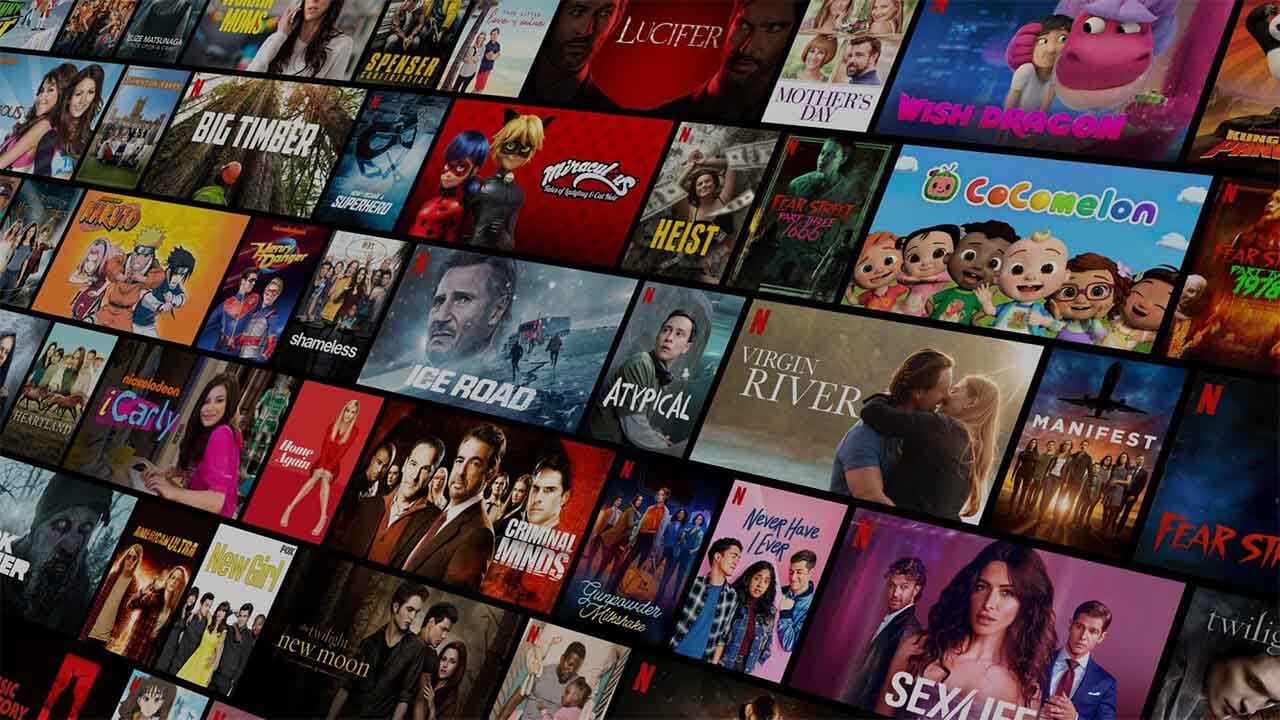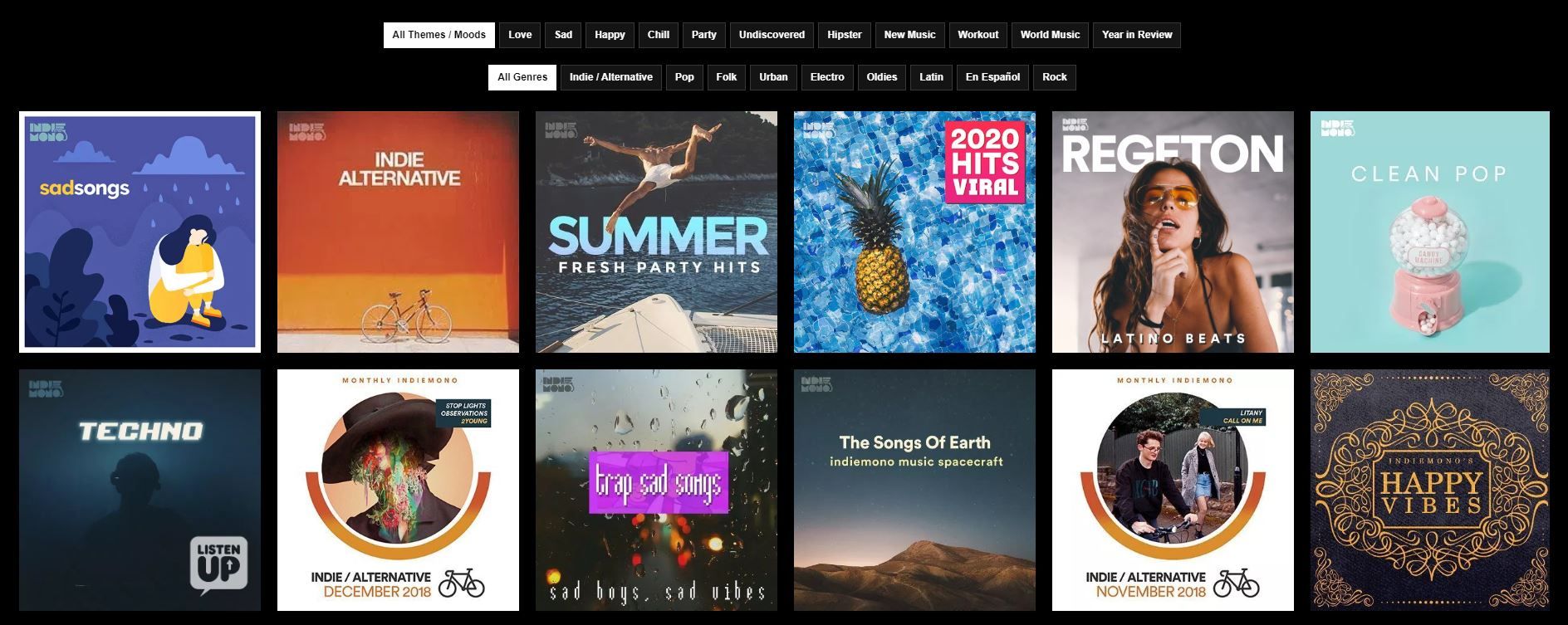- New Wave
- Posts
- Taste Inflation
Taste Inflation
How taste is one of the last defensible skills


𝑰𝒏 𝑻𝒐𝒅𝒂𝒚'𝒔 𝑾𝒂𝒗𝒆:
🎵 When judgment pays more than creation
💰 Why curators are out-earning creators
🎨 Five industries where taste commands premium
🔮 What this means for your most valuable skill
𝑻𝒉𝒆 𝑺𝒉𝒊𝒇𝒕
StockX authenticators inspect and verify limited-edition sneakers, determining what's real and what deserves premium pricing. Their stamp of approval can mean the difference between a $200 shoe and a $2,000 collectible. They didn't design or manufacture anything. Their judgment created the value.

This pattern is showing up everywhere. The question used to be "can you make this?" Now it's "should this exist at all?"
I'm calling this shift "Taste Inflation" - when the ability to judge what matters becomes more valuable than the ability to make it.
The smartest professionals aren't just creating anymore. They're becoming the filters that determine what deserves attention.
𝑾𝒉𝒚 𝑵𝒐𝒘?
Three forces converged:
AI made creation easy. Anyone can generate professional-looking work now. The hard part isn't making things anymore—it's deciding what's worth making.
Too much content, not enough attention. More gets created daily than anyone can consume. The filter became more valuable than the source.
Taste can't be taught to machines. AI executes instructions well but can't judge what should exist before the data proves it. Human judgment is still the advantage.
𝑬𝒂𝒓𝒍𝒚 𝑺𝒊𝒈𝒏𝒂𝒍𝒔
Aimé Leon Dore:
Builds monthly curated Spotify playlists that define their sonic identity as much as their clothing does. These playlists drive in-store experiences, campaign launches, and brand loyalty. Customers come for the aesthetic vibe, which music curation controls. ALD isn't selling clothes. They're selling taste.

Netflix Collections:
Layers human editorial teams over its algorithms to create "Collections." With 260 million subscribers, they chose to invest in human taste because editorial judgment drives engagement algorithms can't predict. These aren't recommendations based on what you watched. They're selections based on what editors believe matters.

Indiemono
Independent curator Sanik runs 405 public Spotify playlists focusing on indie and alternative music, with flagship playlists hitting 20,000+ saves. Revenue comes from brand partnerships, label co-releases, and advisory work. Not from creating music, but from defining what indie sounds matter right now. While music producers earn one-off track fees or streaming pennies, curators like Indiemono monetize taste through ongoing relationships.

𝑭𝒖𝒕𝒖𝒓𝒆 𝑰𝒎𝒑𝒍𝒊𝒄𝒂𝒕𝒊𝒐𝒏𝒔
Curation becomes its own career track. Job titles like "Brand Taste Director" will become standard six-figure roles. Résumés will list "curated X for Y brand" as credentials. Deciding what matters will be separate from making things.
Access to curators matters more than quality. Getting in front of the right playlist curator, buyer, or creative director will determine outcomes. The gatekeeper's attention becomes the bottleneck, not the work itself.
The middle tier disappears. You'll either be the person deciding or the person executing. Top tier: tastemakers. Bottom tier: execution (increasingly AI). The generalist creator in the middle will need to find a lane to operate.

𝑸𝒖𝒊𝒄𝒌 𝑻𝒊𝒑𝒔
🎯 Start curating publicly: Pick something you know well and start filtering it for others. A playlist, an Instagram feed, a weekly email. Make your taste visible and trackable over time.
🎨 Practice killing ideas: Before starting any project, write down three reasons it should exist. If you can't justify it clearly, don't make it. Judgment beats execution.
💡 Study good curators: Follow three people known for taste in your field. Watch what they pick and skip. Notice the patterns. Good taste can be learned through observation.
𝑵𝒆𝒙𝒕 𝑾𝒂𝒗𝒆
See you next week, same time, same place.
Stay wavey,
Haley